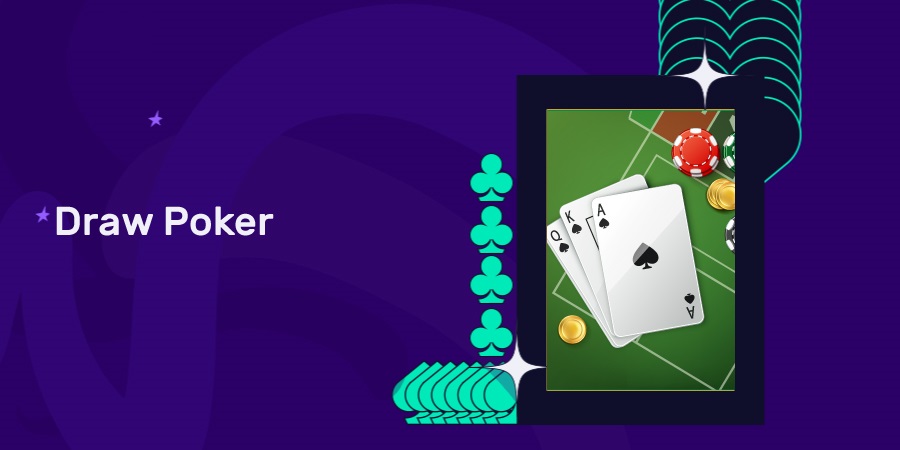
Drawing Success: A Beginner’s Guide to Draw Poker.
Embarking on the journey of learning Draw Poker can be as thrilling as it is rewarding. Often considered the purest form of poker, Draw Poker encapsulates the quintessential elements of the game’s strategy and psychology. This guide is tailored to arm beginners with the foundational skills needed to play Draw Poker confidently and competently.
The Basics of Draw Poker
Draw Poker starts with each player being dealt a complete hand before the first betting round. In its most elementary form, the game is played with no community cards and just one opportunity to draw new cards, hence the name ‘Draw Poker’. The objective is to have the best hand at the table or to convince others you do through strategic betting.
Understanding hand rankings is crucial; they are the compass that guides all your decisions. From the High Card to the Royal Flush, knowing these rankings is non-negotiable. Equally, becoming familiar with betting terminology such as ‘ante’, ‘call’, ‘raise’, and ‘fold’ is fundamental for smooth gameplay.
Strategy and Decision Making
The crux of Draw Poker strategy lies in the decisions made during the draw phase. Knowing which cards to hold onto and which to discard requires not just an understanding of the odds, but also a keen sense of observation. Assessing opponents’ behavior and betting patterns can provide crucial hints about the strength of their hands.
Position at the table matters as well. Playing later in the sequence offers the advantage of observing the actions of others first, which can inform your strategy. A conservative approach – folding hands with low odds of winning and betting aggressively with strong hands – is often recommended for beginners.
Bluffing and Psychology
Bluffing is an art that can be a powerful tool in Draw Poker. Convincing opponents that your hand is stronger than it is can lead to significant gains. However, bluffing requires confidence and a good poker face, as any tells can give you away. It’s a risk-reward tactic that should be used sparingly and judiciously, especially for novices.
The psychological aspect of poker is not just about bluffing; it’s about reading people. Pay attention to body language, betting habits, and even speech patterns. Over time, these observations can be pieced together to form a narrative about a player’s typical behavior, which can be invaluable during play.
Managing Your Bankroll
Effective bankroll management is vital. A beginner should start with low stakes to minimize losses while gaining experience. It’s essential to set limits on wins and losses to ensure that the game remains enjoyable and financially responsible.
Additionally, it’s important to:
- Play within your means and avoid borrowing money to play.
- Keep a clear head, avoiding alcohol while playing, as it can impair judgment.
- Never chase losses; understand that losing is part of the game and manage your bankroll accordingly.
Adhering to these principles will keep Draw Poker both fun and potentially profitable.

The Social Element of Draw Poker
Draw Poker isn’t just about the cards; it’s also a social game. Engaging with other players can not only make the game more enjoyable but can also provide insights into their strategy. However, always keep etiquette in mind; respectful play ensures a pleasant environment for all participants.
Remember, each session is a learning opportunity. Discuss hands and strategies with more experienced players after the game. This openness to learning will accelerate your growth as a Draw Poker player.
Conclusion: Ready to Play Draw Poker
Armed with the basics, an understanding of strategy, and the nuances of the psychological warfare that is poker, you’re now ready to approach the Draw Poker table. Remember, patience, observation, and continuous learning are your best bets for long-term success.
Embrace every hand as an opportunity to improve, every bet as a chance to refine your strategy, and every game as a step closer to mastering the timeless game of Draw Poker.
